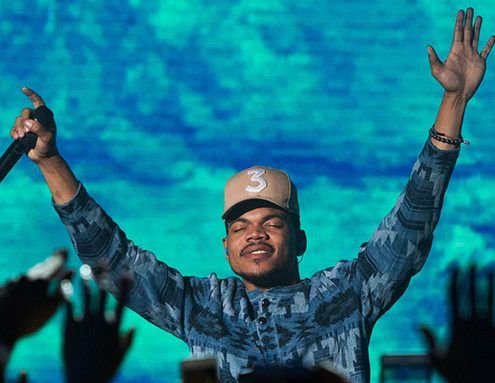When sitting in front of a television watching a show or movie, do you see a character that looks like you? Do you see someone who you can relate to? In the entertainment industry, there has been a growth in black role models. Black role models have been in movies now more recently than ever. The 2016 Oscars #sowhite controversy has shed a light on an issue that non-white actors were facing.
According to BBC, Andrew Ahn is a queer Korean-American film-maker who was nominated for two Independent Spirit awards for his debut drama “Spa Night” but he had trouble finding the funds for his movie. He was told that if he wrote a white character into the movie it would be easier to get funding.
In pop culture today there are many role models who are in the media who are not white.
“The entertainment industry is especially changing with actors like Donald Glover, Taraji P. Henson and Michael B. Jordan breaking boundaries with the myriad of different roles they are taking on expanding peoples view on black people in general,” Renin Broadnax, Intro to Black Studies classroom coach, said.
This change in the industry can help the younger generation by letting them see someone who looks like them on the big screen. It shows them that they can be whoever they want to be.
“I feel that having more black role models in the media right now is good. It helps the younger generation and our generation realize where we came from and we can be seen as something positive and not always negative. Also, we can look up to them and say to ourselves one day that’s going to be me,” Jacara Goodmond, freshman psychology major, said.
In 2014, researchers from the University of Southern California did a study on Inequality in 700 popular films. The research found that out of 30,000 characters 73.1 percent were white, 12.5 percent were black, 5.3 percent were Asian, 4.9 percent were Hispanic and 4.2 percent were categorized as other. Out of 30,000 characters, only 26.9 percent were not white. Now there is more representation with “12 Years a Slave,” “Black Panther,” and more movies who star strong non-white actors.
“Lupita Nyong’o is my role model because she speaks out on subjects that matter most to her, not only has she talked about how she overcame self-hate about herself but once she did that it really was an inspiration to me because you should love yourself no matter what size, how dark or light your skin is, etc,” Goodmond said.
“Sza (Solána Imani Rowe) is my role model because of her confidence and she is relatable. Her songs come with a message about problems and situations that we are going through now,” Asha Jackson, sophomore social work major, said.

“Chance the Rapper is my role model because he uses his platform to speak up and help others. He helps the people of Chicago by talking at events and donating money towards education,” John Volz, sophomore business management major, said.
These are just some of the black role models students from Cabrini University have. The diversity in the media is expanding and becoming more accepting.
“I love that Hollywood is opening up and making more positive roles for black actors just look at ‘Black Panther.’ I’m really excited because black actors have roles in Hollywood but most are about the struggles we’ve endured. Now we get to show how powerful of an impact we have,” Jackson said.


